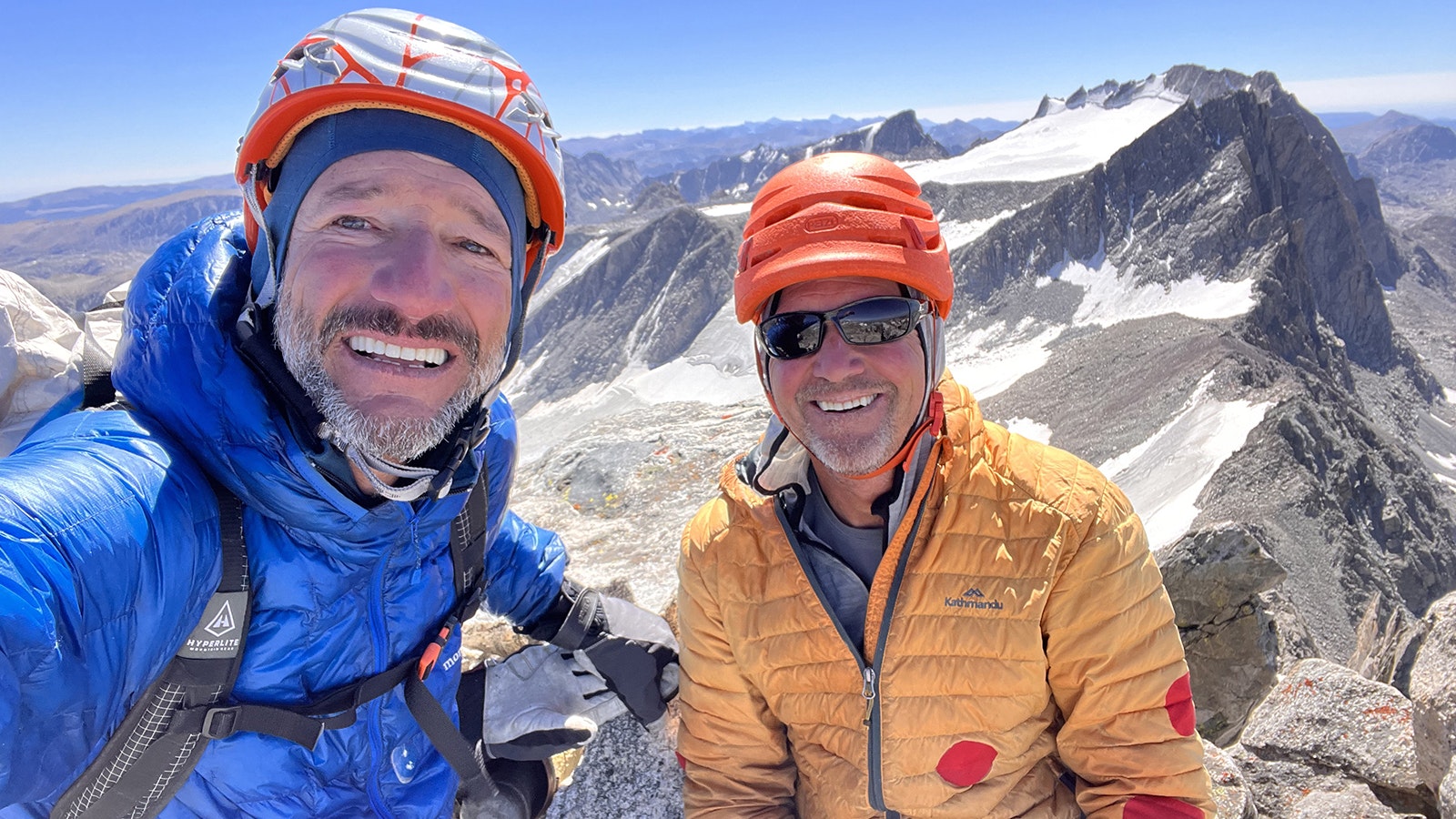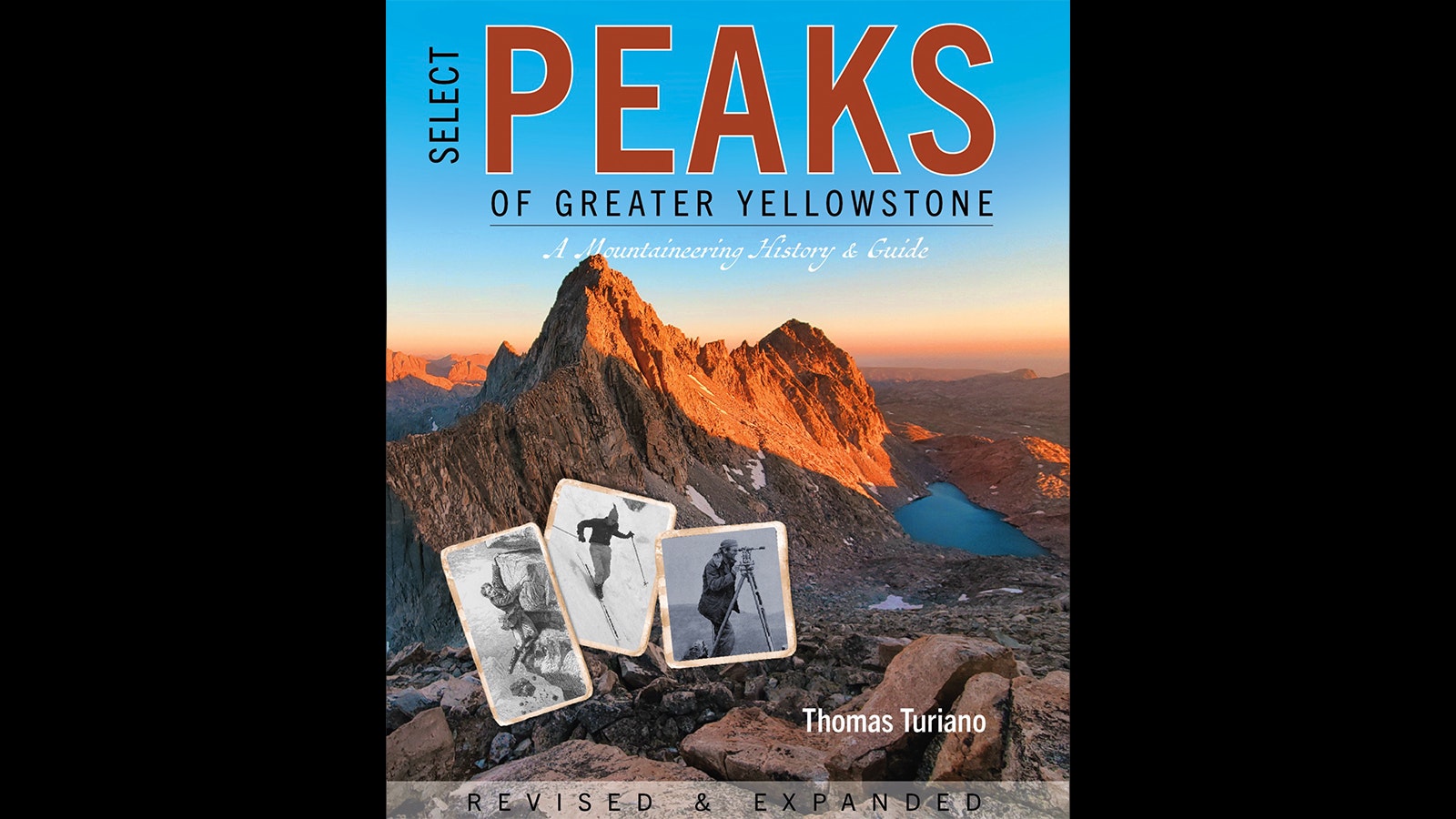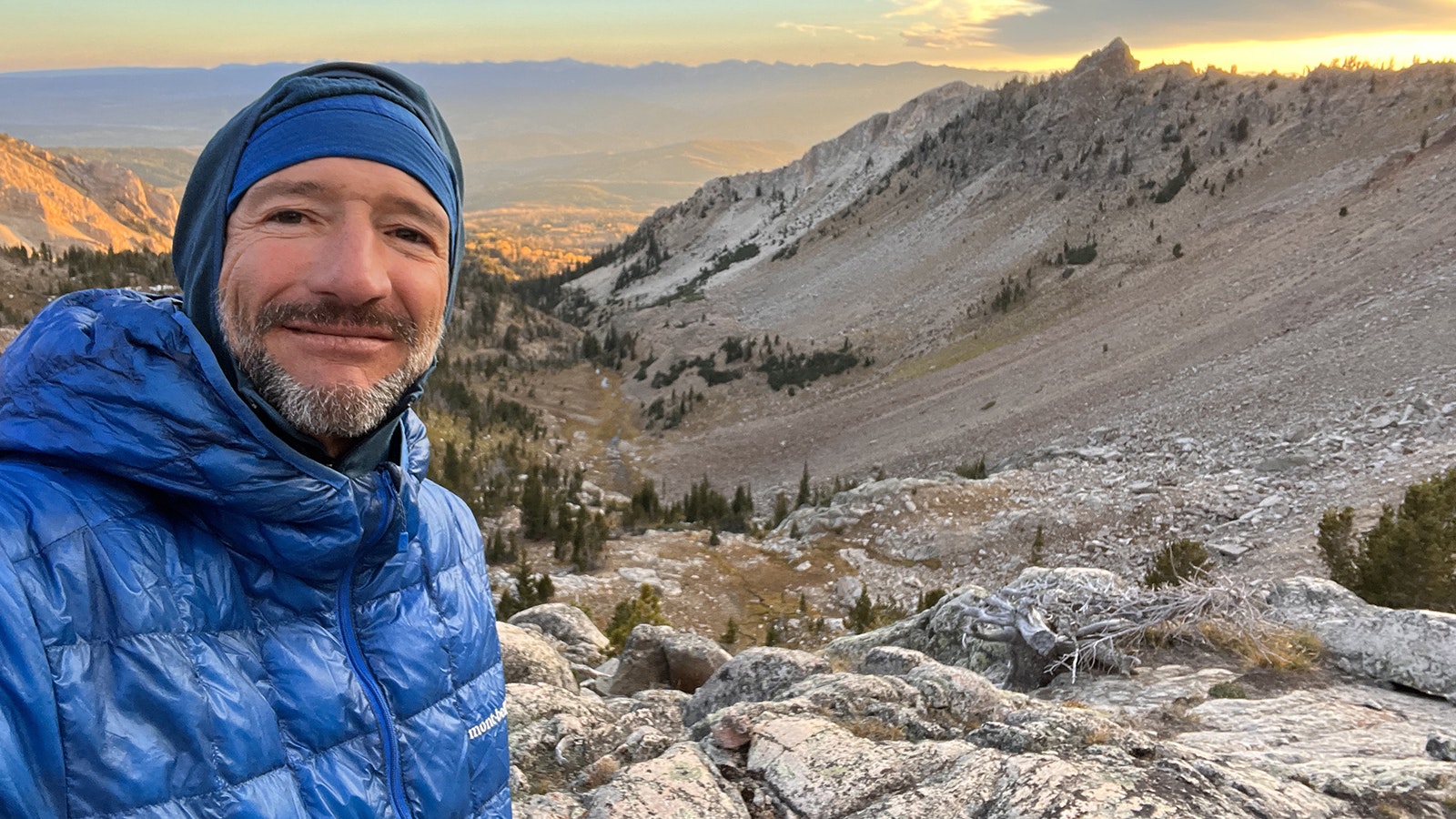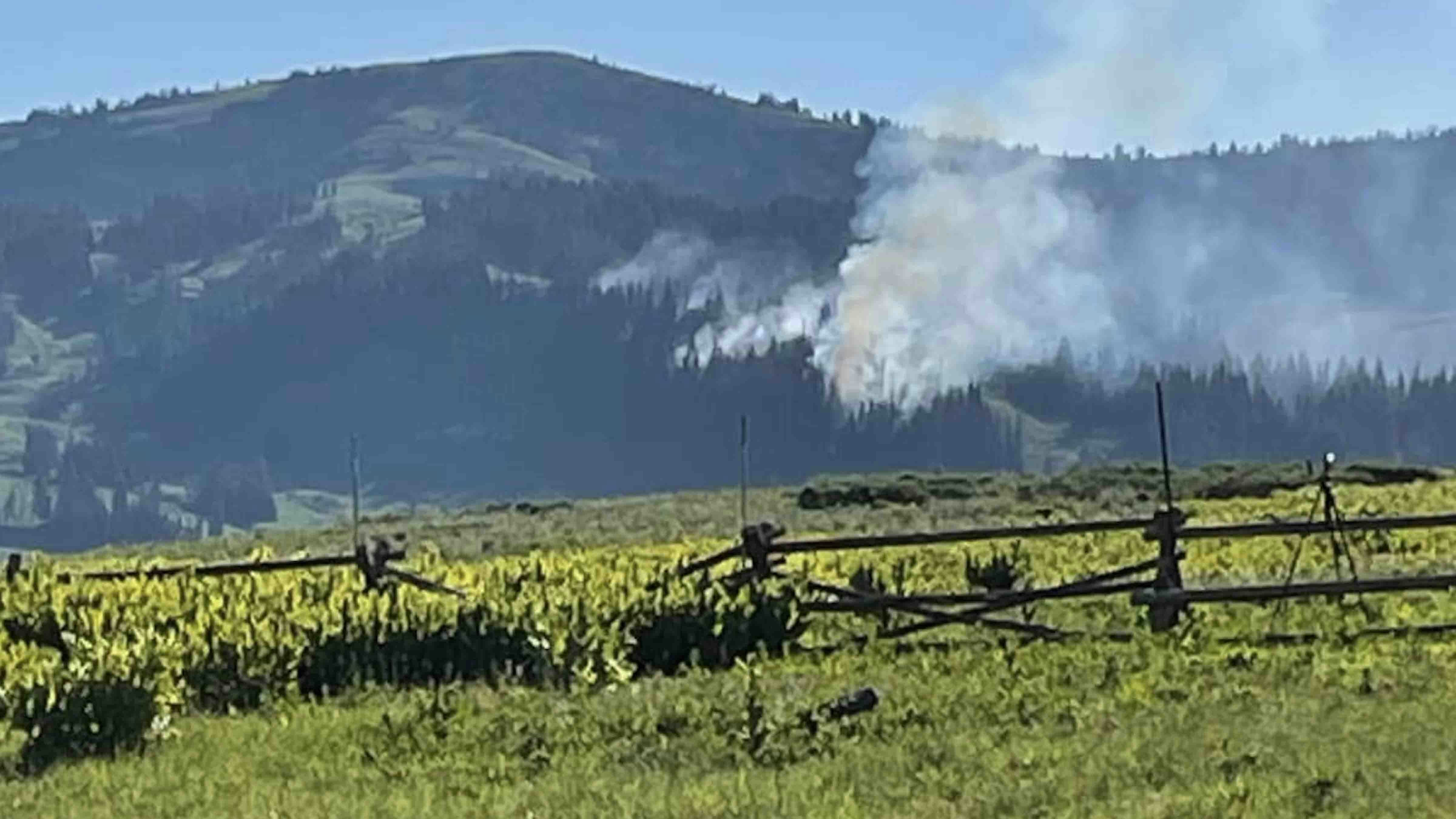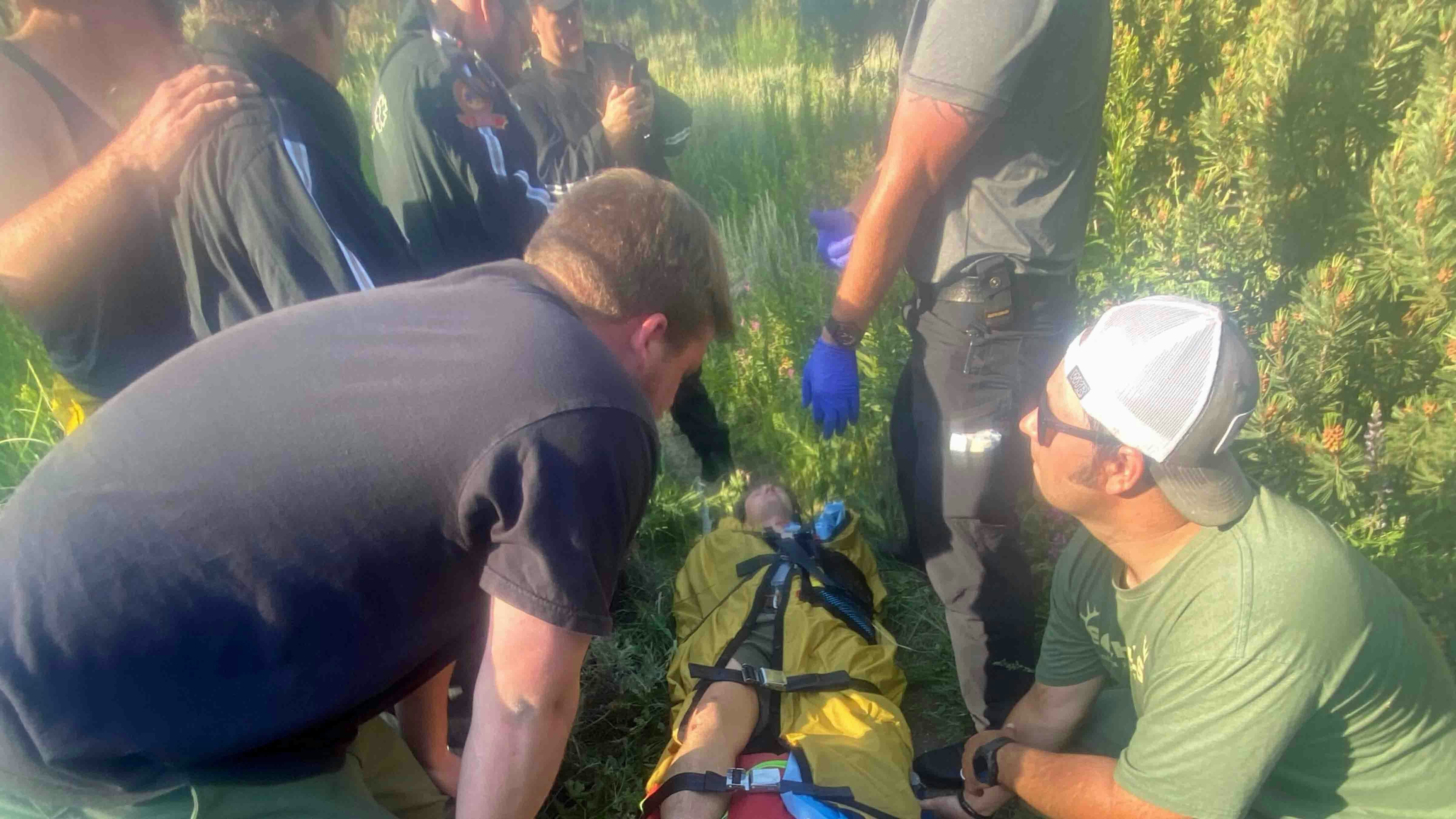When Thomas Turiano’s book “Select Peaks of Greater Yellowstone” was published 20 years ago, it became the mountain bible of the Greater Yellowstone Ecosystem.
It’s been 15 years since the book went out of print, but it’s still highly sought after, with copies selling online for hundreds of dollars.
Luckily for those who’ve been trying to get their hands on the coveted tome, or others who just want to learn more about nearby mountains, Turiano has published a second edition of “Select Peaks.”
The revised and expanded edition came out in November and includes several new color maps and deep dives into the history of mountain exploration in the Greater Yellowstone Ecosystem.
“People have been really excited about it,” Turiano said. “I didn't tell anyone I was revising it, so I think it surprised a lot of people when it hit the market.”
In the second edition’s foreword, Livingston, Montana-based writer and climber Todd Burritt explains why “Select Peaks” is so popular with mountain climbers and outdoors enthusiasts.
“You can only get so far in here before you start having ideas of your own. You can only climb a few selections before realizing that for every mountain profiled, a dozen more equally worthy objectives are not,” he wrote. “A more personal concept starts to emerge — the GYE as a process of discovery, one that transforms and gives back whatever you put into it. Your ‘Select Peaks’ might not even have anything to do with climbing mountains. And that is the mark of mountain literature at its absolute best.”
Birth Of An Idea
Turiano, who lives in Wilson, Wyoming, has long been a mountaineer, and after a year studying geology at the Colorado School of Mines, he left with a burning desire to be out in the mountains. He eventually began working as a guide for Exum Mountain Guides in Jackson.
He started writing books in 1988, releasing “Teton Skiing, a History and Guide” in 1995. He then began to brainstorm what topic to tackle next. Turiano pitched a couple ideas to Mountaineers Books out of Seattle, including the great peaks of the American West and a biography of mountaineer Fred Beckey. Both were already in the works by other authors.
It was several months later that he came up with another concept while climbing Granite Peak in Montana.
“I looked out at the horizon and saw all these mountains, and then there were more prominent ones that stuck up above the rest,” he said. “Then it was like, ‘That's what I'm going to write about, is all of the most prominent peaks, the ones that I can see from the summit of Granite Peak.’”
He pitched the idea in the summer of 1997 and it was approved. So Turiano sat down and began to write pages and pages of history on the mountains, not exactly what Mountaineers Books was looking for. Turiano was committed to his vision, though, and continued to write the book, combining both history and guiding information with the goal to self-publish when it was complete.
He originally selected 50 peaks across the GYE in Idaho, Montana and Wyoming. He had already climbed 30 of them when he came up with the idea for the book. The list continued to grow to a final total of 107.
“I would go climb one on my list and then from that summit, I would see another one I needed to put in the book,” he said. “Those were kind of my dream peaks.”
Six years later he published “Select Peaks of Greater Yellowstone” in 2003. The book detailed not only the routes up each peak, but also the history of who’d climbed them and the natural history of the surrounding geology and ecosystem.
“I can still remember flipping through it for the first time,” Burritt wrote. “It’s hard for me to remember what the Greater Yellowstone Ecosystem meant to me before that day. But in that moment, for the first time, I saw that my little world belonged to something much bigger, something as wild and rugged as my dreams: a whole, magnificent ecosystem, encompassing 13 different mountain ranges.
“Each range has its own unique character, history, geology and ecology, and each one is packed with different distinctive mountains — mountains that have the countenances of gods.”

Unfinished Business
At the time he published the first edition, Turiano had climbed 85 of the mountains listed in the book, and he still had a goal to conquer the final 22 peaks. It was slow going, though, as life happened. He got married, began a family and wrote two other books in the interim. It was several years later that he shifted his focus back to climbing those outstanding 22 peaks, and also updating “Select Peaks.”
“Over the course of the 20 years that it has been out, I have learned a lot more,” he said. “I realized there were a lot of errors and there are just things that I wanted to fix. I wanted to make it better.”
In 2017, Turiano sat down and started going through the book, rewriting and reorganizing it, while also adding new information and correcting mistakes. One such change was the guide for Elephanthead Mountain. Turiano had hiked it in the winter using a ski route so he’d had to guess the best route for summer climbing.
“I was totally wrong,” he said. “In fact, there's a huge cliff in the way and I just didn't know that because I didn't go up that way. So that had been weighing on me and I had to change that.”
He said there were many historical errors as well, and he wanted to include more personal views on some historical controversies.
The updated book volume in at more than 600 pages, about 100 more than the first edition.
“Instead of having 80 pages of history and factoids in the beginning of the book like I did in 2003, I eliminated that and took the parts that were most interesting and spread them out throughout the book near the peaks to which they were pertinent,” he said.
There are several “deeper dives,” including one on the first ascent of the Grand Teton.
“That's long been a mystery and I have studied it for 25 years and have an opinion on who did it first,” he said. “The commonly accepted first ascent of the Grand is that it was done by the William Owen and Franklin Spalding party in 1898, but I think it was climbed by the (Nathaniel) Langford and (James) Stevenson party in 1872.
“That'll raise people's eyebrows right there because if you're familiar with mountaineering history, it's a widely known contentious issue and I'm taking a stand on it.”
Reaching The Summit
When he started working on the revision, Turiano had 15 peaks left to climb. He began picking them off until only Lizard Head Peak and Mount Helen in the Wind River Range were left. He ascended both last summer, a few months before the revised edition of his book was released.
“One of the reasons those two peaks took me so long is because, as I've gotten older, I actually don’t do very well at altitude,” he said. “They're around 13,000 feet or so, but I just had to take it slow and have somebody with me who was patient enough to go slow. I actually did really well on both of them and didn't slow anyone down.”
When he reached the top of Mount Helen on Aug. 31 he said he shed some tears.
“This was a lifelong goal since I started climbing in the region around 1985,” he said. “I had this idea that if I could climb them all, I would reach some higher plateau of understanding about the ecosystem.”
He said accomplishing the goal actually left him with more questions, and Turiano already has an idea for his next project.
“There's a lot of lower peaks that are really interesting so I’m going to make another list,” he said. “The lower ones tend to be a little bit more technical, so they’ll be easier for me to climb because I can deal with the altitude better.”
And he said a third rewrite of “Select Peaks” isn’t out of the question.
“I’ve already found some errors and I've heard from a couple of people that I still don't have it quite right,” he said. “But any book – and ‘Select Peaks’ in particular – is a living document. Nothing in the book is definite, everything is up for debate and updating in the future.”

